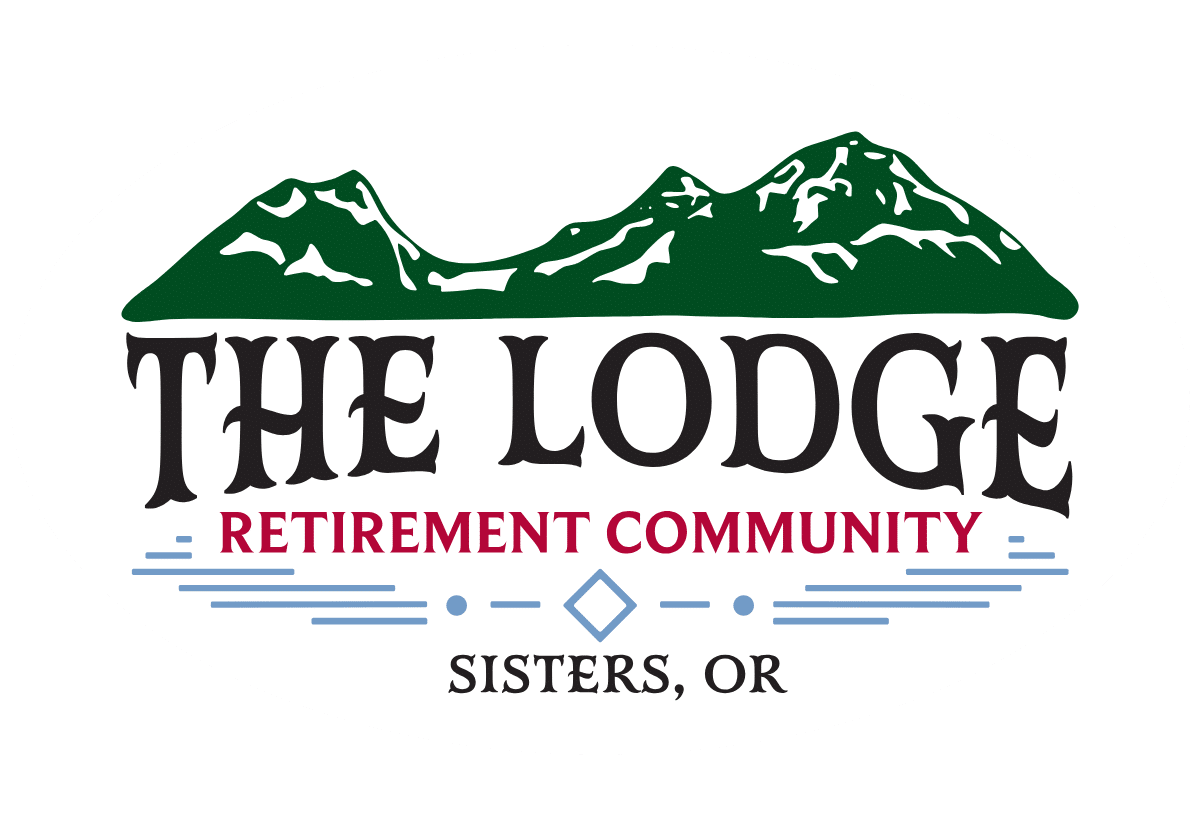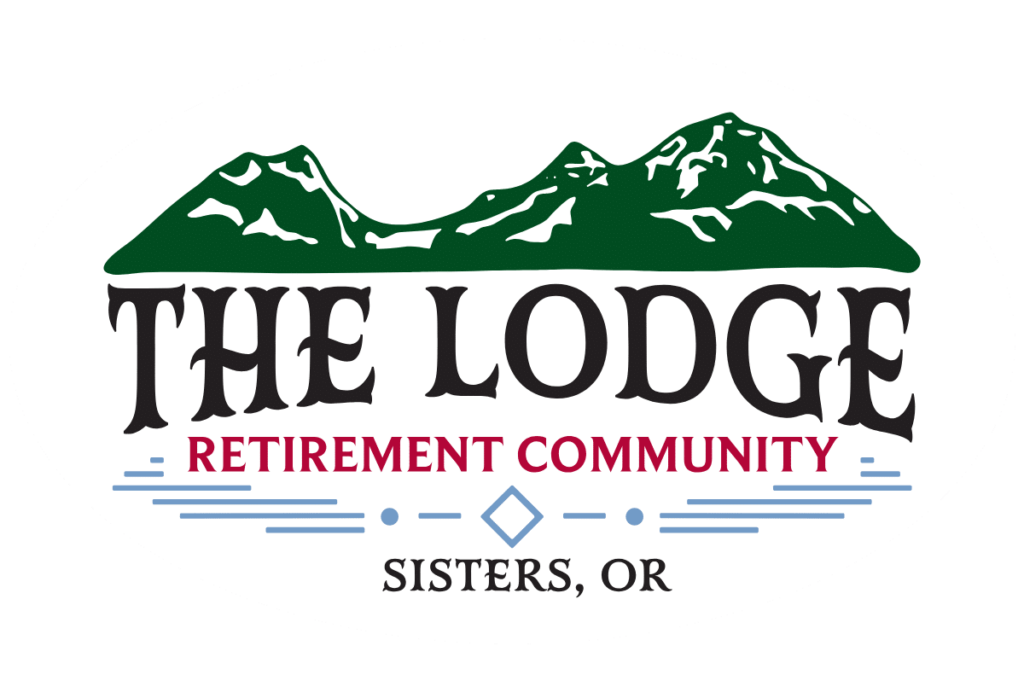Senior Housing Independent Living: Explore New Freedom
When exploring senior housing independent living, it helps to know what this lifestyle means. At The Lodge Retirement Community, independent living is more than just a place to stay—it’s a way to live fully. These thoughtfully designed communities help you preserve your autonomy while enjoying comfort, connection, and convenience. Residents enjoy various independent living activities that support physical, social, and emotional wellness.
For many, the idea of moving can feel overwhelming. But understanding the benefits of independent living removes that uncertainty. Here, you’re free from daily chores and surrounded by a warm, welcoming environment. Whether seeking personal freedom, new friendships, or support when needed, this lifestyle allows you to thrive. Let’s look at what makes independent living communities such an enriching option for seniors.
What Is Independent Living for Seniors?
If you’ve ever wondered, what is independent living for seniors, you’re not alone. It’s a lifestyle choice for older adults who are still active and capable of living on their own but enjoy having amenities and a community nearby. Independent living is not about limitations—it’s about unlocking possibilities. These settings focus on personal freedom, offering housing with access to social and wellness benefits.
At The Lodge Retirement Community, each residence is tailored for comfort, ease, and convenience. You can furnish and decorate your space while enjoying maintenance-free living. This lifestyle combines the best of autonomy and support in a community where you can live freely, with peace of mind.
Meeting Independent Living Facility Requirements
You must meet the general independent living facility requirements to move into one of these communities. These aren’t strict medical benchmarks but indicators of your ability to live safely without around-the-clock assistance. Most residents are mobile, self-sufficient, and can handle their daily needs independently.
Still, The Lodge Retirement Community ensures safety by offering resources like emergency call systems and staff availability. The focus is on creating a worry-free environment for residents who want to live without the burden of home maintenance, yard work, or isolation. Meeting these requirements means you’re ready to embrace a more enjoyable, connected way of life.
The Role of Independent Living Activities in Daily Life
A big part of what makes independent living vibrant is the abundance of independent living activities available. These aren’t just time-fillers—they are thoughtfully curated to bring joy, stimulate the mind, and encourage social interaction. At The Lodge Retirement Community, residents can participate in fitness classes, book discussions, music nights, garden clubs, and community outings.
Access to these activities allows you to stay engaged, pursue your interests, and form meaningful connections. Daily events and on-site amenities are listed on the community calendar, so there’s always something to look forward to. These opportunities enhance wellness, reduce loneliness, and foster a strong sense of belonging.
What Is Independent Living for Young Adults and Persons With Disabilities?
While this article focuses on senior living, it’s worth noting that what is independent living for young adults and what is independent living for persons with disabilities can vary. For younger individuals, independent living may involve supportive housing or transitional programs that offer guidance while maintaining autonomy.
For persons with disabilities, it may include modified living spaces and specific resources that allow them to live independently while receiving help as needed. Though the settings differ, the core idea is the same: creating a safe, empowering environment that supports freedom and dignity. The Lodge Retirement Community focuses on seniors, but the philosophy of independence spans all ages and backgrounds.

Why Independent Living Communities for Seniors Make Sense
Choosing from one of the many independent living communities for seniors allows you to live life on your terms. These communities are not nursing homes—they are for people who are active, social, and want a maintenance-free lifestyle. Residents enjoy services like on-site dining, group transportation, wellness programs, and companionship.
This lifestyle is perfect if you seek a place to belong, pursue your hobbies, and continue learning and growing. Personalized attention ensures your comfort while respecting your independence. These communities balance support and freedom, offering precisely what many seniors seek.
Steps Toward a Smooth Transition to Independent Living
Moving into independent living is a big decision; a smooth transition makes all the difference. Begin by reflecting on why you’re considering this lifestyle—whether it’s to simplify daily routines or enjoy more social interaction. Acknowledge the emotions that may come with change and talk openly with loved ones.
Visit the community ahead of time. Explore the layout and services so you can feel comfortable before moving. Look into what kind of space you want to live in, including pet-friendly options that let your companions come along. Pack intentionally—bring personal items that offer comfort and leave behind things that won’t serve your new lifestyle.
Most importantly, recognize that this isn’t just about leaving a home behind—it’s about opening the door to new opportunities and a brighter future.
Call us today at (541) 549-5634 or schedule a tour to speak with someone who can help you learn more. Your next chapter starts now.
Frequently Asked Questions
How to prepare to live independently?
To prepare for independent living, learn essential life skills such as cooking, cleaning, and managing your finances. Develop a daily routine, understand how to budget, and ensure you can handle basic self-care tasks. Practice problem-solving and decision-making so you feel confident handling unexpected situations. Finally, consider your housing, transportation, and support systems to make the transition smoother.
What is an example of independent living?
An example of independent living is a senior moving into an independent living community where they have their apartment but can access shared amenities like dining, fitness, and social activities. These communities are designed for individuals who can live independently without daily assistance but want the convenience of services and a social environment. Another example could be a young adult renting their first apartment and managing their daily responsibilities.
What is another name for independent living?
Independent living is sometimes called “self-sufficient living” or “autonomous living.” In the context of senior housing, it may also be called a “retirement community” or “active adult community.” These terms highlight the ability to live freely while having optional access to supportive services and amenities.
What are basic independent living skills?
Basic independent living skills include cooking, cleaning, laundry, managing money, and personal hygiene. Knowing how to use public transportation, schedule appointments, and maintain a healthy lifestyle is also helpful. These skills are key to functioning safely and confidently without relying on others for daily tasks. Building these abilities supports a smoother transition into living independently.



